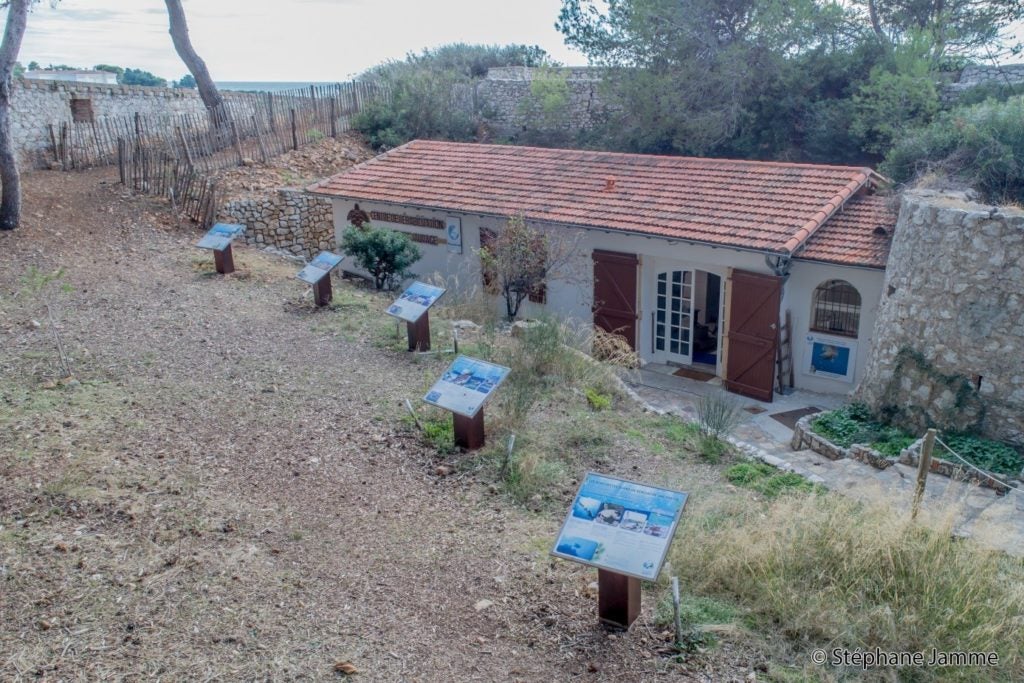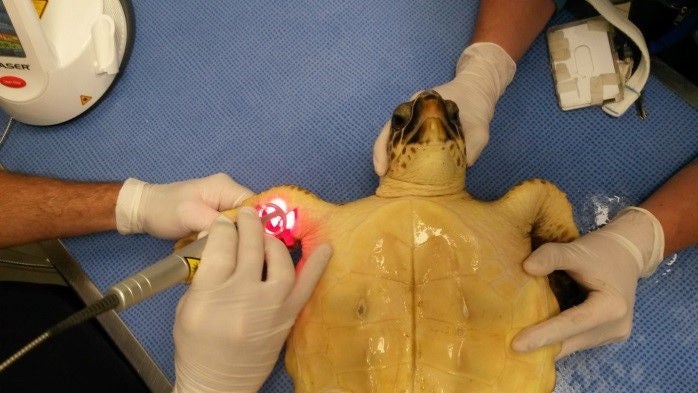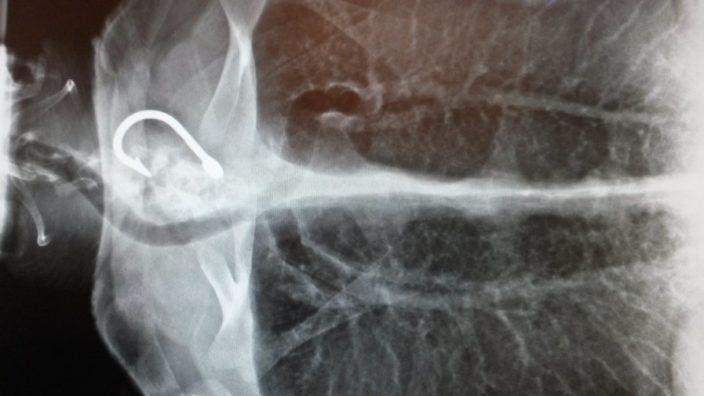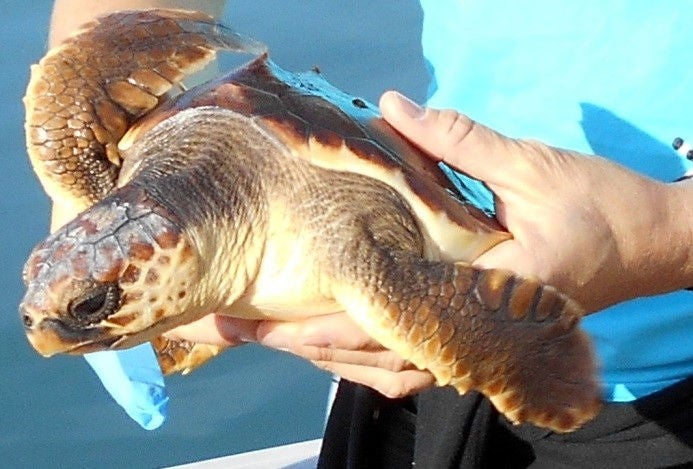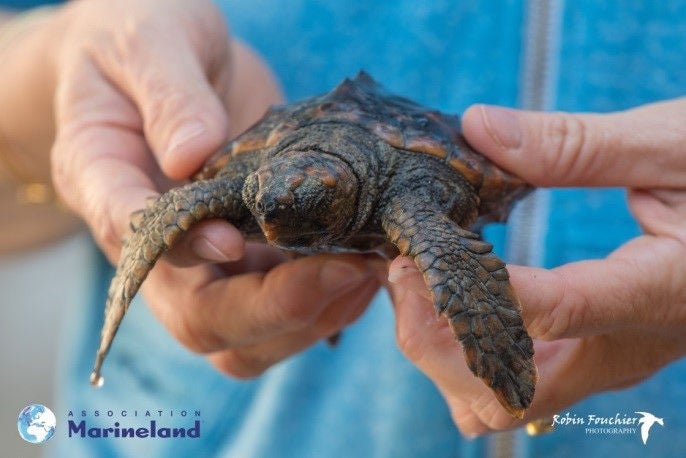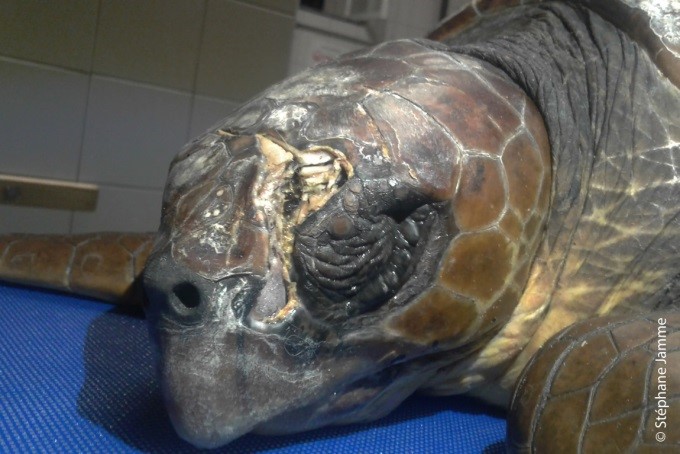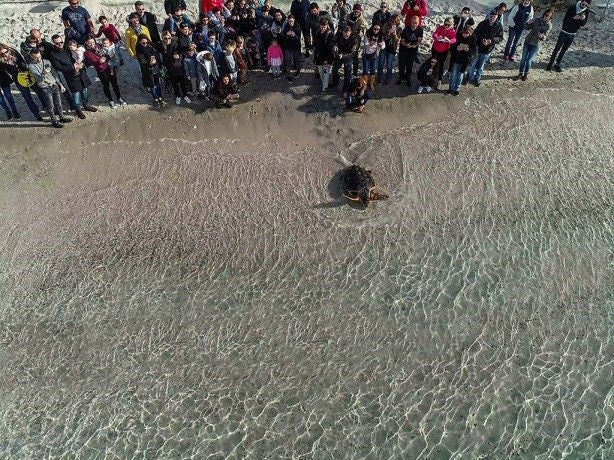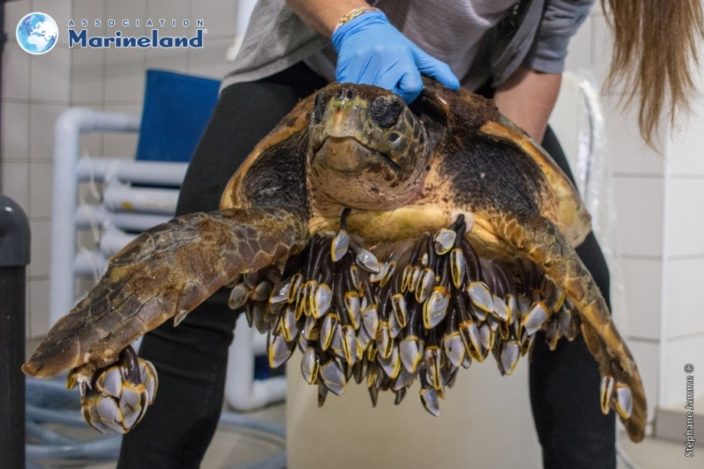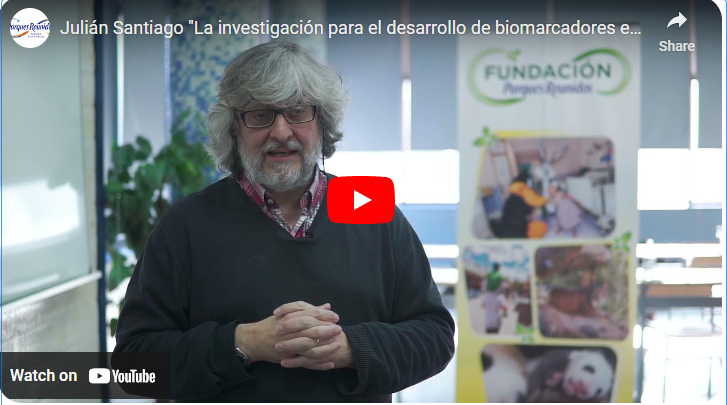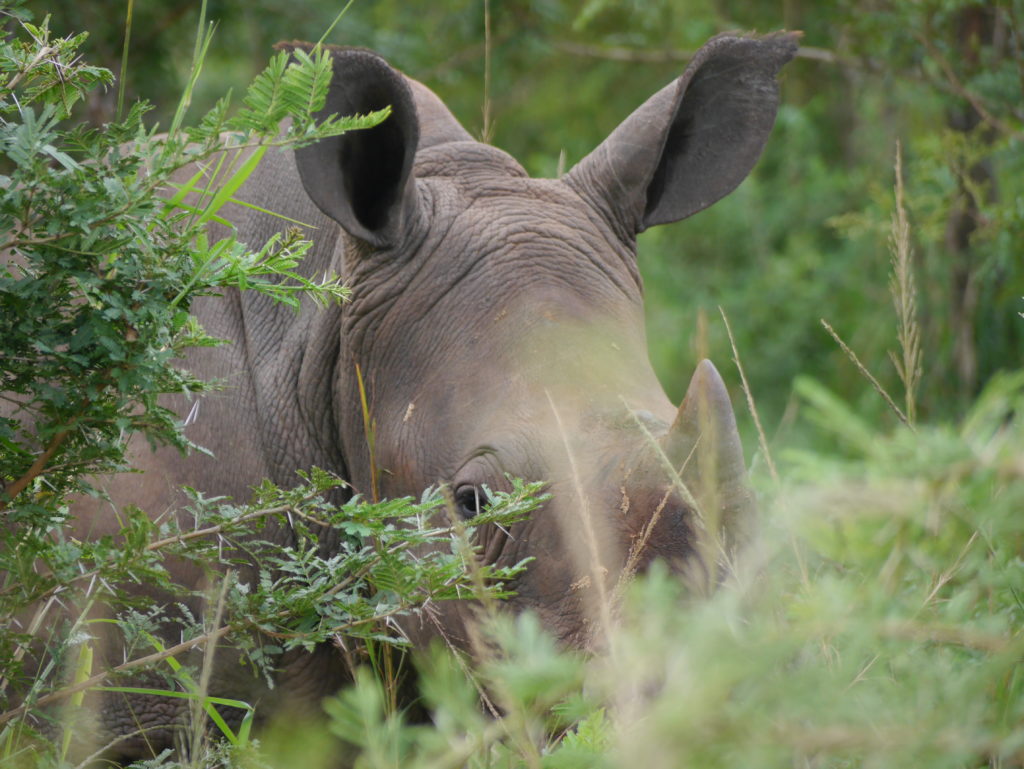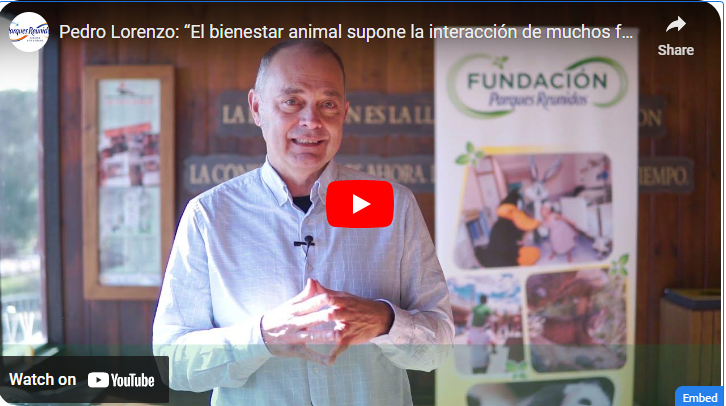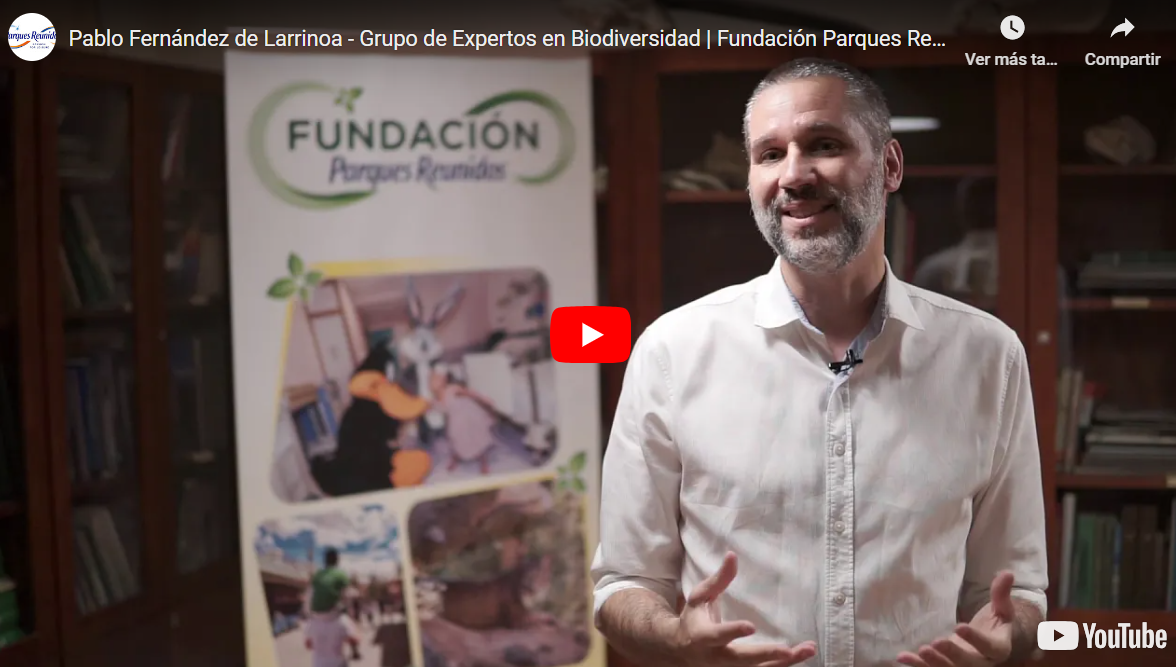
ON SEA TURTLES
The sea turtle is one of the most fascinating and less known animals in the Mediterranean. There are seven species of sea turtle worldwide and three of them can be found in the Mediterranean: the Loggerhead turtle (Caretta caretta), which is the most common ; the Leatherback turtle (Dermochelys coriacea) and the Green turtle (Chelonia mydas).
Sea turtles are a migratory species who travel the ocean looking for the best spots to feed, breed and lay their eggs. They are increasingly threatened by human factors like maritime traffic and coastal development, which reduces nesting areas. The many different habitats they cross during their migrations only multiplies the risks and threats that turtles face.
CONSERVATION WORK AT MARINELAND ON THE MEDITERRANEAN SHORES
The Association Marineland founded the “Centre de Réhabilitation de la Faune Sauvage” (Center for the Rehabilitation of Wildlife). The center opened its doors in July 2017 and is located at the Juan les Pins Maritime and Coastal Area in Antibes. Its activities focus on protecting sea turtles found wounded out at sea or stranded on the beaches of the Alpes-Maritimes and Var regions.
A specialized veterinarian team from Marineland park takes care of the turtles and rehabilitates then so that they can be returned to the sea when their physical and health states allows it. These conservation efforts take shape under the supervision of the RTMMF (Réseau des Tortues Marines de Méditerranée ; “Mediterranean Sea Turtle Network” in English).
The center is managed and financed by the Association Marineland, which brings specialized personnel (biologists and veterinarians) from Marineland. Turtles showing difficulties are sheltered and treated in this center until they are released in the Mediterranean. With three 1,000-liter deposits and a 17 m3 main pool , the center can host up to 5 turtles at a time.

